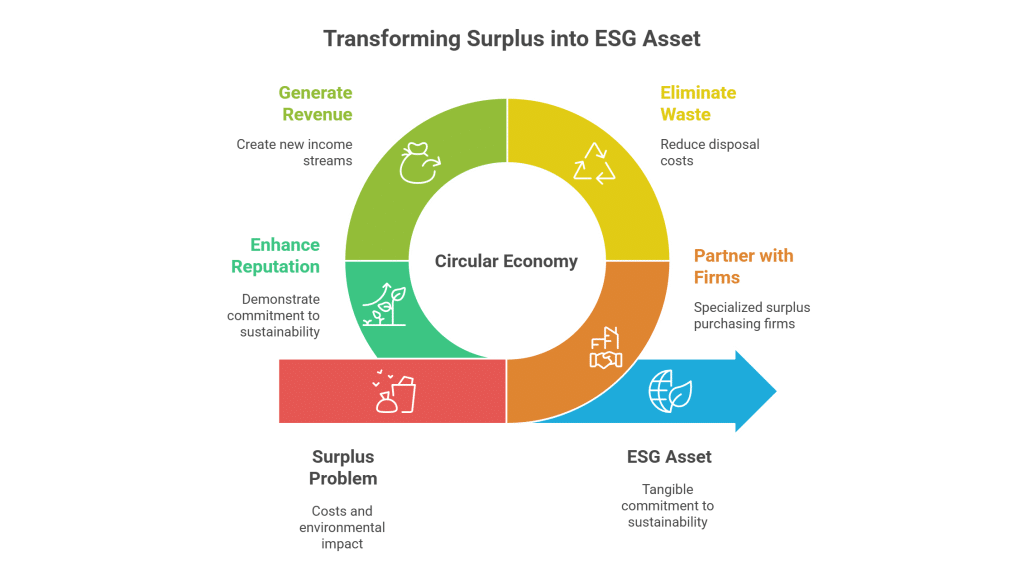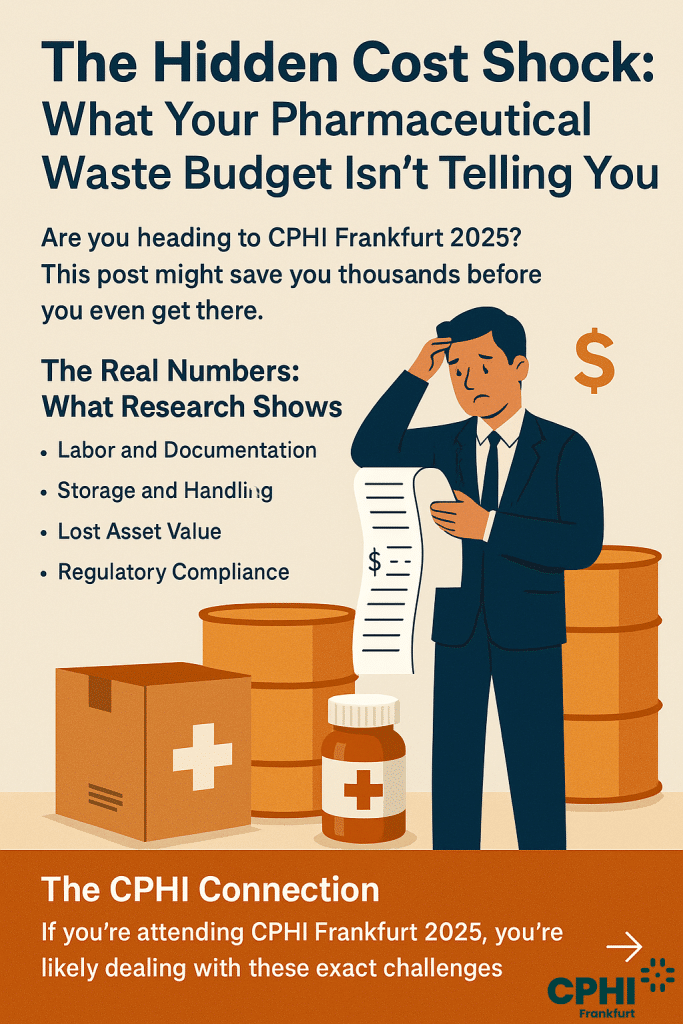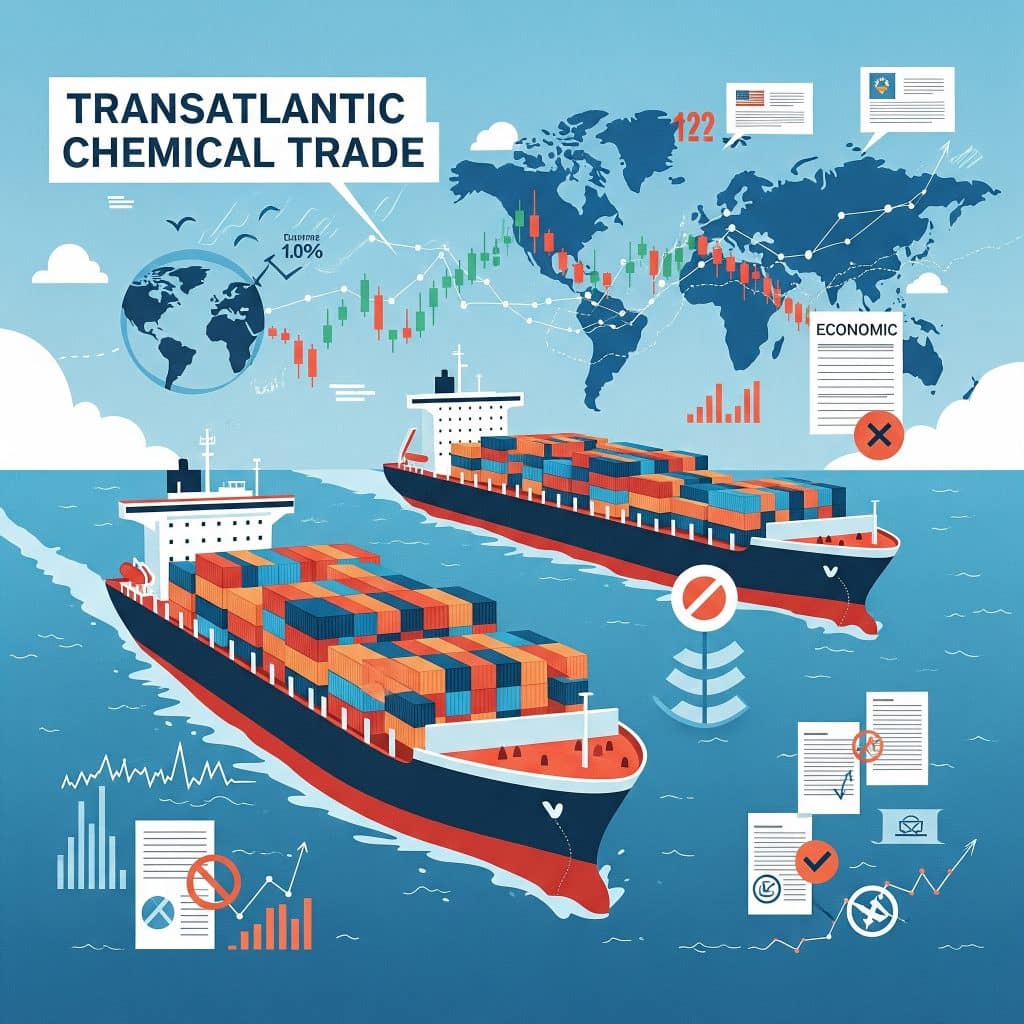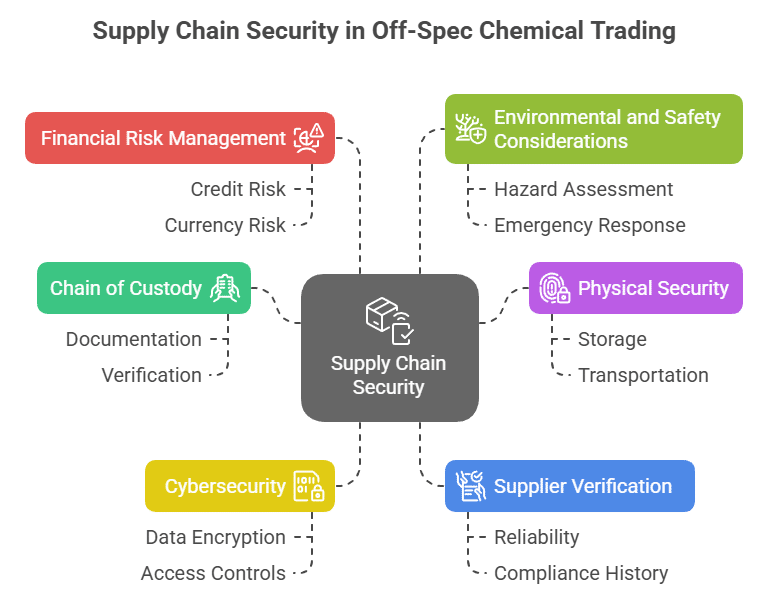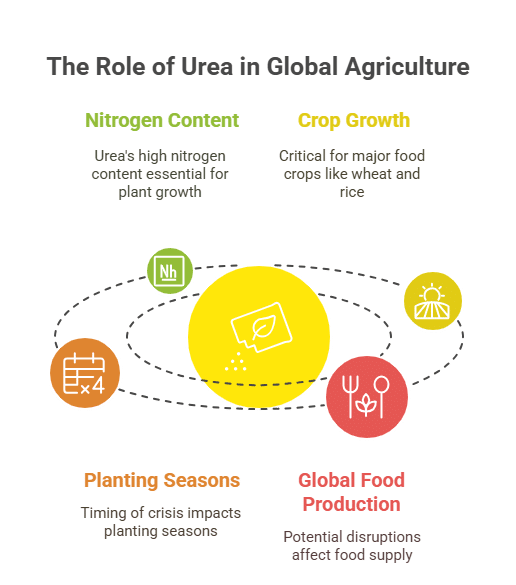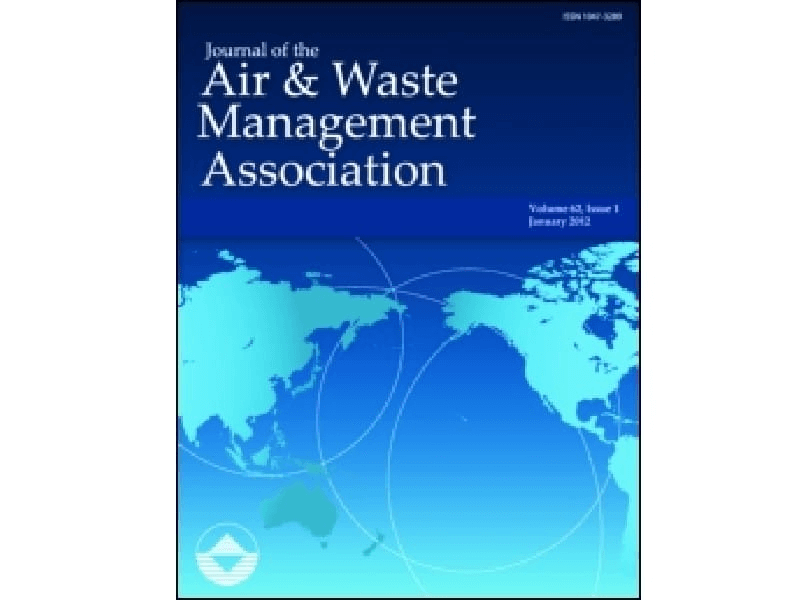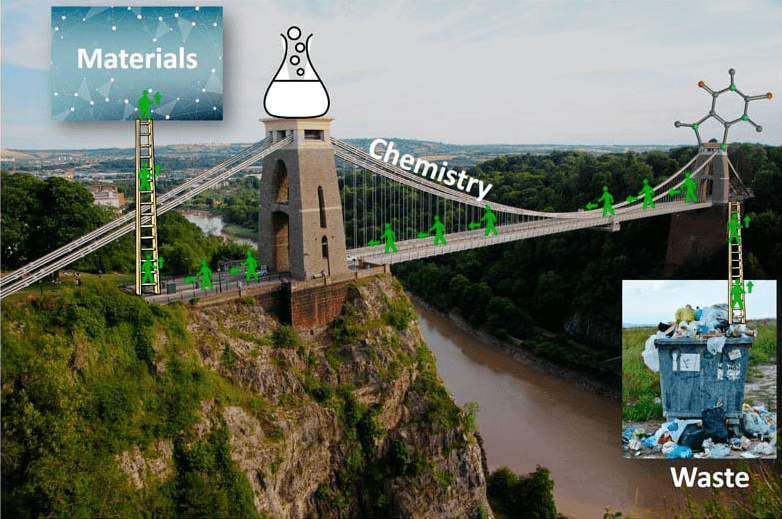Discover the Strategic Advantage of Surplus Potassium Sorbate in Food Preservation
Potassium Sorbate is a highly effective preservative used in a variety of food and personal care products. Developed by neutralizing sorbic acid with potassium hydroxide, this chemical is essential in preventing mold and yeast growth, thereby extending the shelf life of food items. As surplus inventory, Potassium Sorbate represents both a saving in storage and an opportunity for profitable repurposing.
Surplus Potassium Sorbate Trading in the Food Preservatives Sector
Engaging in the buying and selling of surplus Potassium Sorbate offers a win-win scenario. Buyers can access high-quality preservatives at a reduced cost while benefiting from reliable and consistent sourcing. Sellers, on the other hand, can recover costs from excess inventory, free up valuable storage space, and reduce disposal expenses. This process not only meets economic goals but also promotes sustainability by preventing waste and lowering environmental impact through responsible chemical management.
Applications of Potassium Sorbate in Food Preservatives
For buyers in food production and processing, acquiring surplus Potassium Sorbate means cost savings and reliable quality assurance for their preservative needs. It enables manufacturers to maintain product safety, minimize spoilage, and enhance their competitive edge in the market.
Sellers benefit by converting excess chemical stock into revenue, thereby decreasing storage costs and avoiding high disposal fees. This approach not only improves cash flow but also supports environmental compliance by reducing the need for chemical waste treatment.
Table of Contents
Success Story: Turning Excess Potassium Sorbate into Profit
A prominent food manufacturer found themselves with surplus stocks of Potassium Sorbate due to a recent production oversight and a dip in market demand. Instead of incurring high storage and disposal fees, they partnered with a surplus chemical trading specialist. This collaboration allowed them to convert the excess preservative into an immediate revenue stream by selling it to smaller food producers in need of cost-effective solutions. The strategic move not only optimized their inventory but also contributed to environmental sustainability by ensuring the chemical was utilized rather than wasted, setting a benchmark in efficient chemical management in the food preservatives sector.

